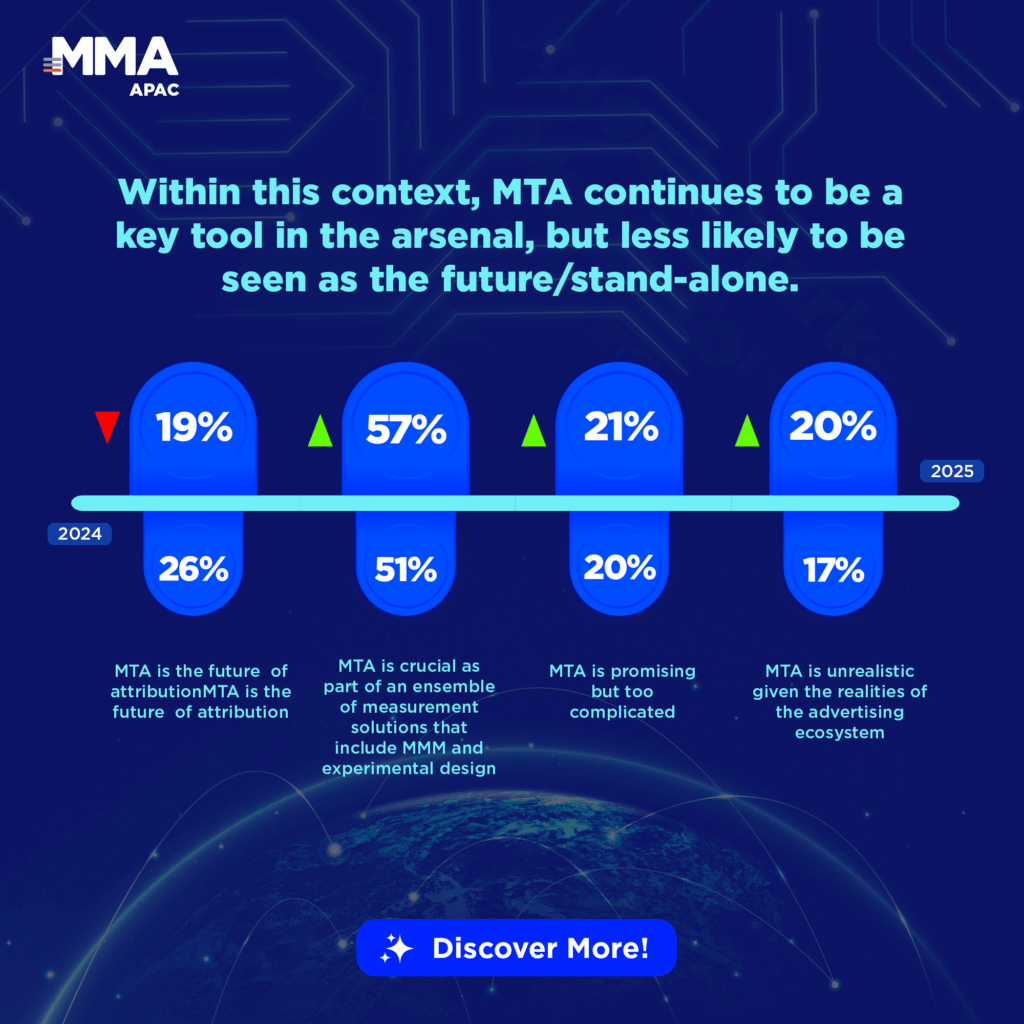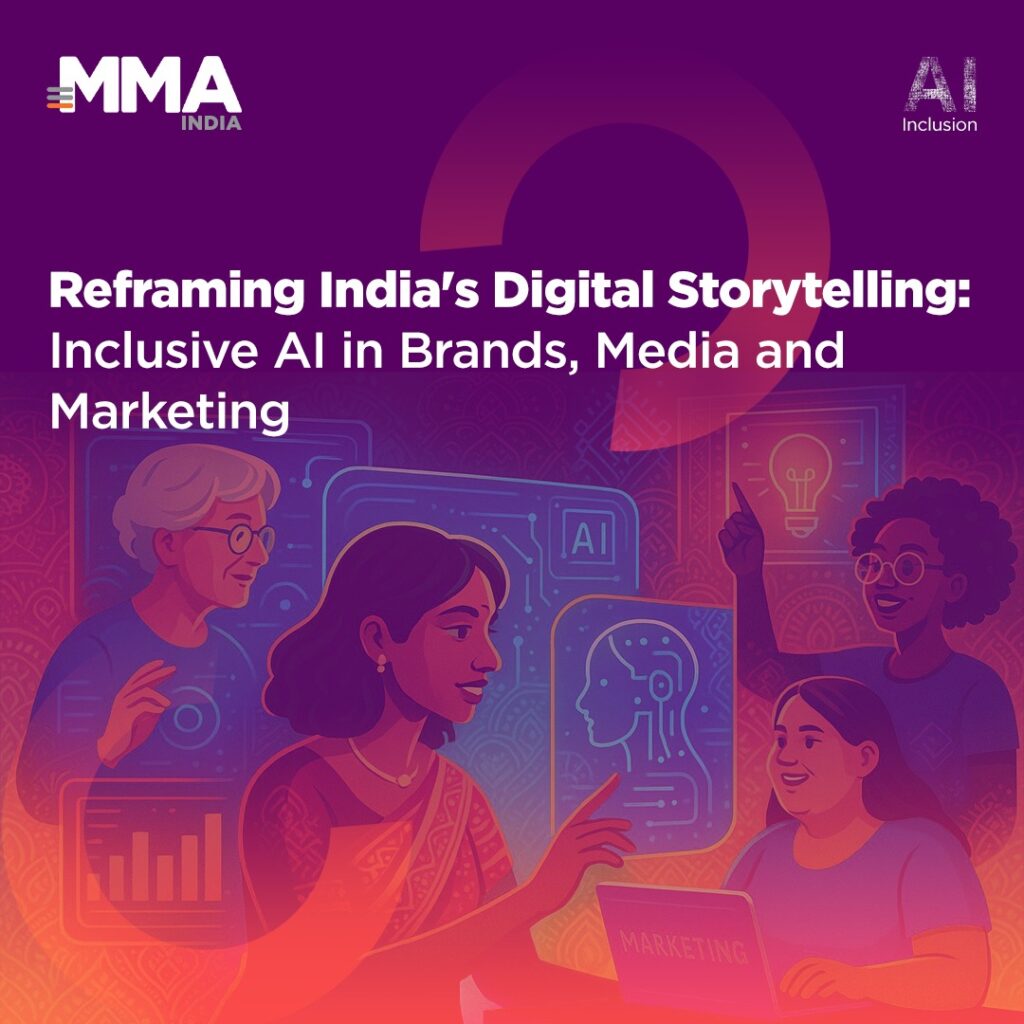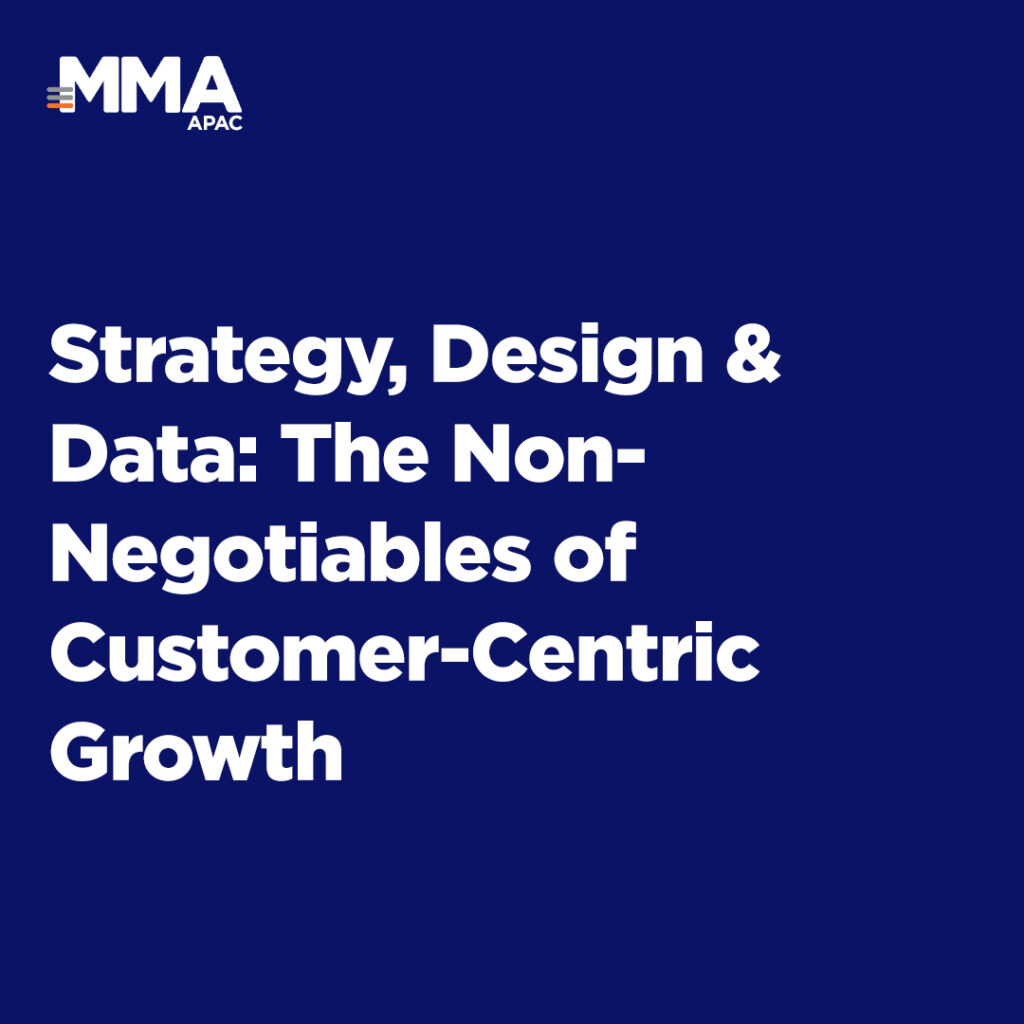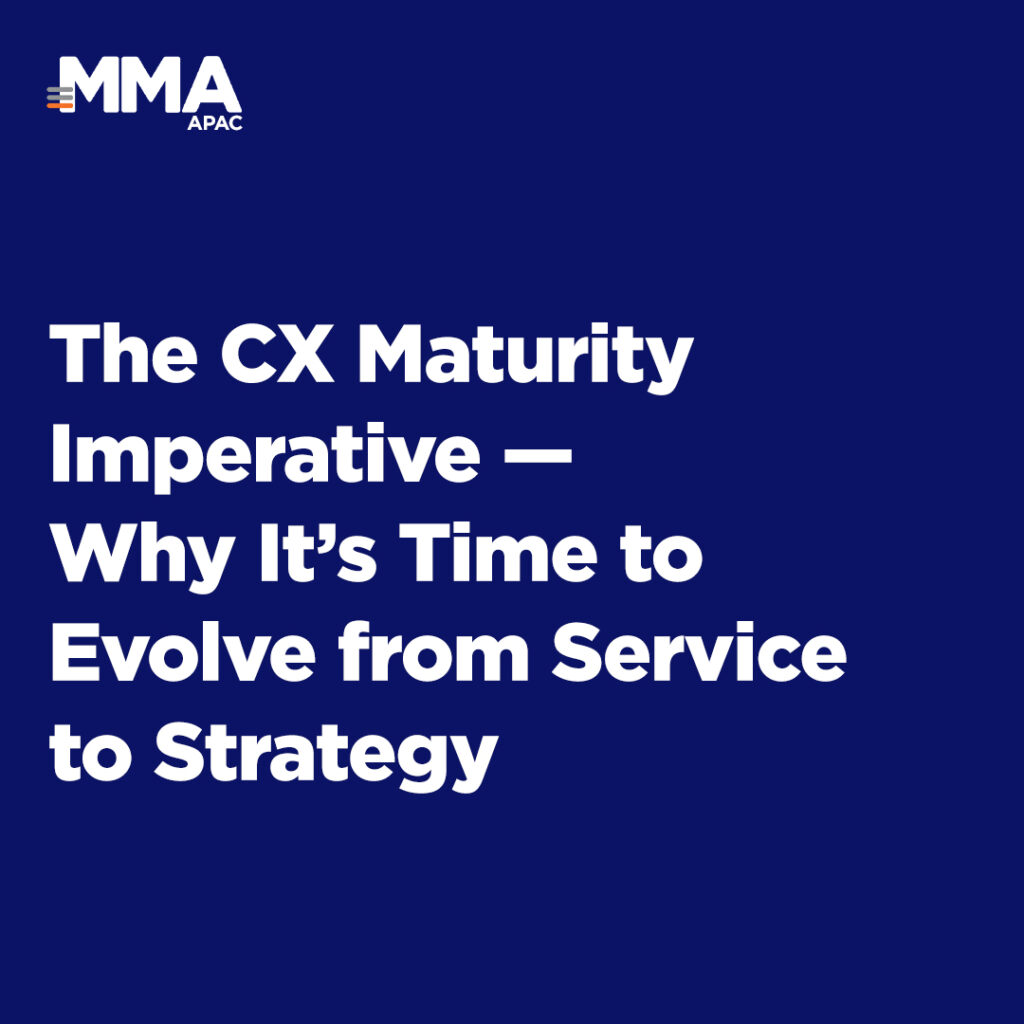
As 2025 approaches, marketing is advancing rapidly, reshaping how brands connect with audiences in a digital world. In 2024, data-driven personalization, automation, and digital maturity emerged as key trends that are now forming the foundation for what’s next. Here’s a look at how these developments will shape the coming year and keep marketers at the forefront.
1. Data as the Foundation: Insight to Impact – In 2024, data took center stage, with brands using real-time insights to fine-tune messaging and drive engagement. For example, campaigns with dynamic personalization based on user behaviors saw noticeable increases in engagement. In 2025, brands will push data even further, using it to fuel the entire customer journey and create seamless, personalized experiences from the first ad view to post-purchase.
Data is no longer just an asset; it’s the pulse of every successful campaign. Brands that can analyze and act on data insights in real time will gain a strong advantage, allowing them to respond instantly to customer needs and shifting market conditions.
2. Automation: Scaling the Personalized Experience – Automation evolved significantly in 2024, helping marketers streamline processes and deliver consistent, on-brand interactions across channels. Chatbots and AI-driven content were deployed to guide users through purchasing decisions, proving that automation can handle more than just routine tasks.
In 2025, automation will scale personalization like never before. Imagine generating product recommendations uniquely tailored to each user’s browsing habits and purchase history, without human intervention. Automation frees teams to focus on strategic work and allows brands to deepen customer loyalty by delivering the level of personalized experience consumers now expect.
3. Digital Maturity: A Unified, Data-Driven Culture – Digital maturity became a priority in 2024, with companies restructuring teams to bring data, tech, and creative functions closer together. This cross-functional approach will be essential in 2025. Campaigns increasingly depend on a unified view of the customer, which means marketing, IT, and customer service must collaborate closely.
Brands that achieve digital maturity will have a competitive advantage in responding to real-time performance data and quickly adapting campaigns. Agile teams in digitally mature organizations can adjust tactics on the fly, optimizing campaigns and swiftly implementing feedback. For marketers, this means investing in both technology and team capabilities to build a responsive, adaptable organization.
4. Innovation as a Strategic Priority – In 2024, innovation was about testing new channels and formats, from short-form video to AR experiences. Brands that experimented saw increased engagement and a competitive edge. However, in 2025, innovation will focus less on novelty and more on strategic integration. It’s not about being on every platform but selecting those that resonate with target audiences and enhance the customer journey.
This means rethinking how emerging tech, such as AI and immersive experiences, fit into the broader strategy. Instead of using AR or AI simply for novelty, marketers should ask how these tools serve customer needs and drive results. Brands that approach innovation with a clear purpose will stand out in an increasingly crowded market.
Preparing for 2025
Success in 2025 lies in adopting these trends with a forward-thinking mindset. As marketers, we must be proactive in integrating data, automation, digital maturity, and purposeful innovation into our strategies. The marketing landscape is complex, but by building on lessons from 2024, we can create relevant, memorable experiences that set a new standard in a fast-evolving digital world.



















